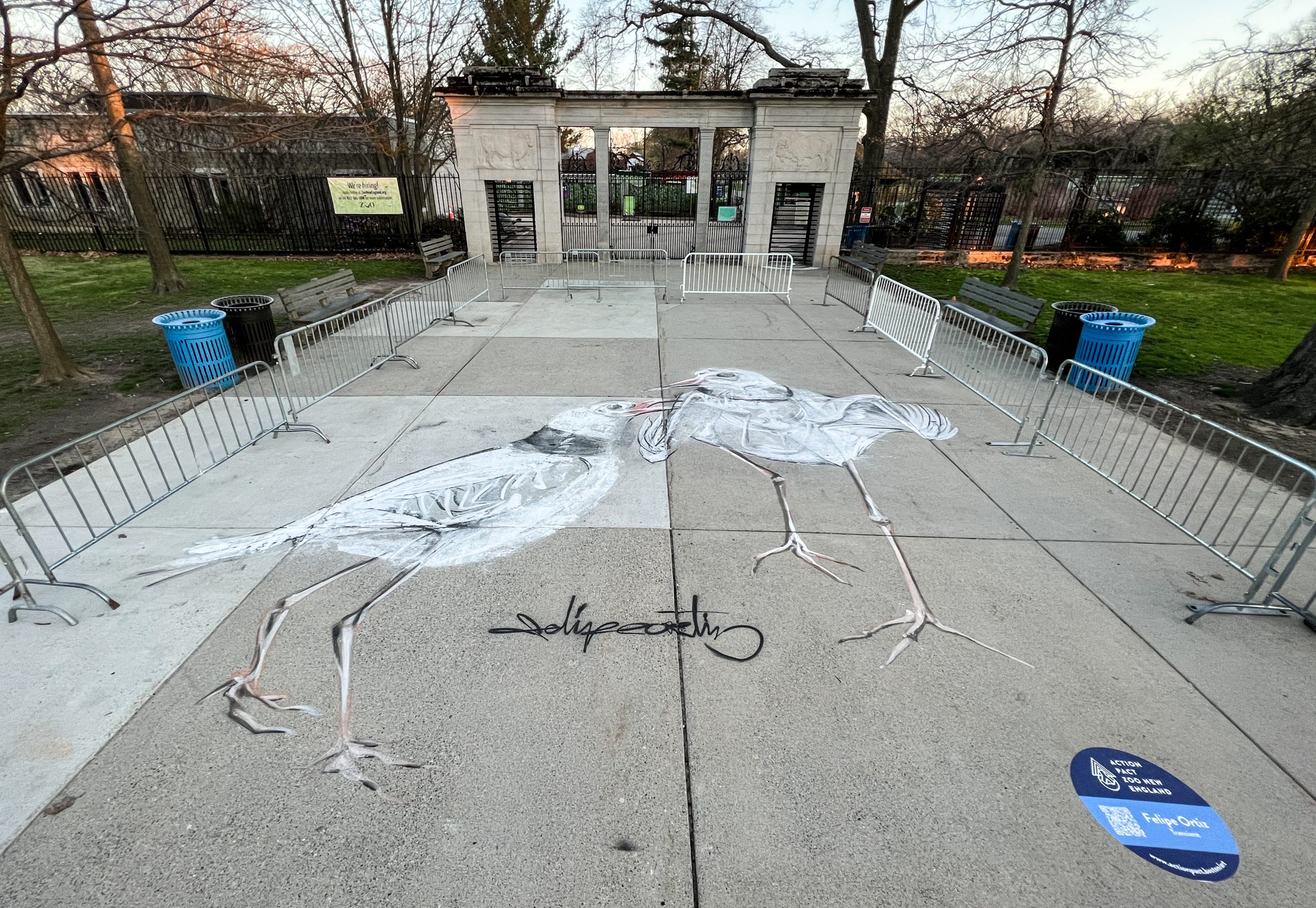Little faces watched eagerly all afternoon as Felipe Ortiz worked. Children’s voices called out questions (”What is that?”) and offered words of encouragement (“Good job!”). Some watched silently, trying to puzzle out the image Felipe was slowly teasing out from the sidewalk with chalk and charcoal. Others walked past only to double back for a closer look.
As bird skeletons, often mistaken for dinosaur bones by the youngest observers, turned into the bodies of endangered Piping Plovers, the families who stopped to watch Felipe work turned questions into dialogues about what it means to lose something precious. Kids emerging from the Franklin Park Zoo, having just seen lions and red pandas, talked about their favorite animals as they learned from the artist that it is not only species from far away who have become threatened by human behavior and climate change.
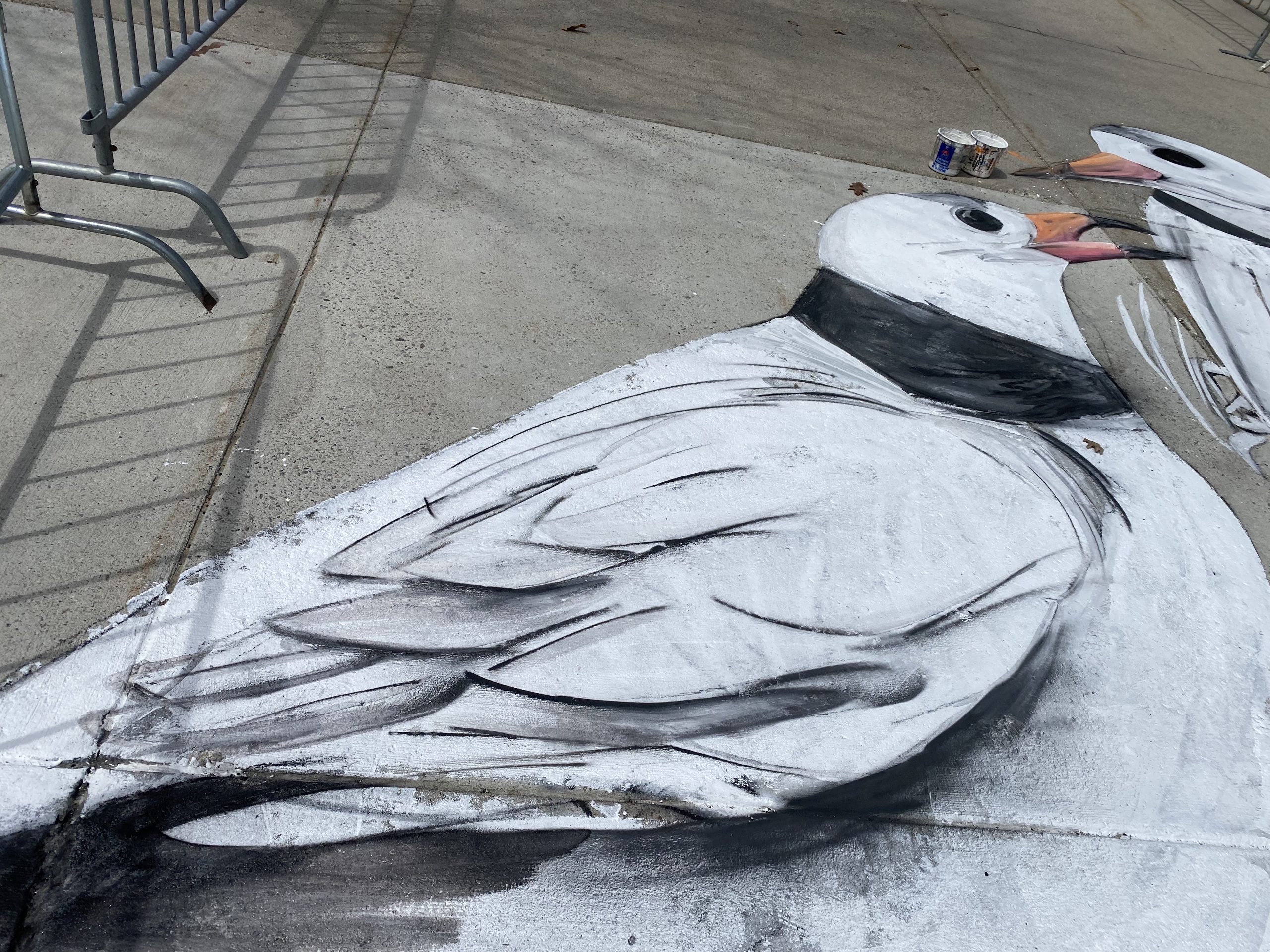
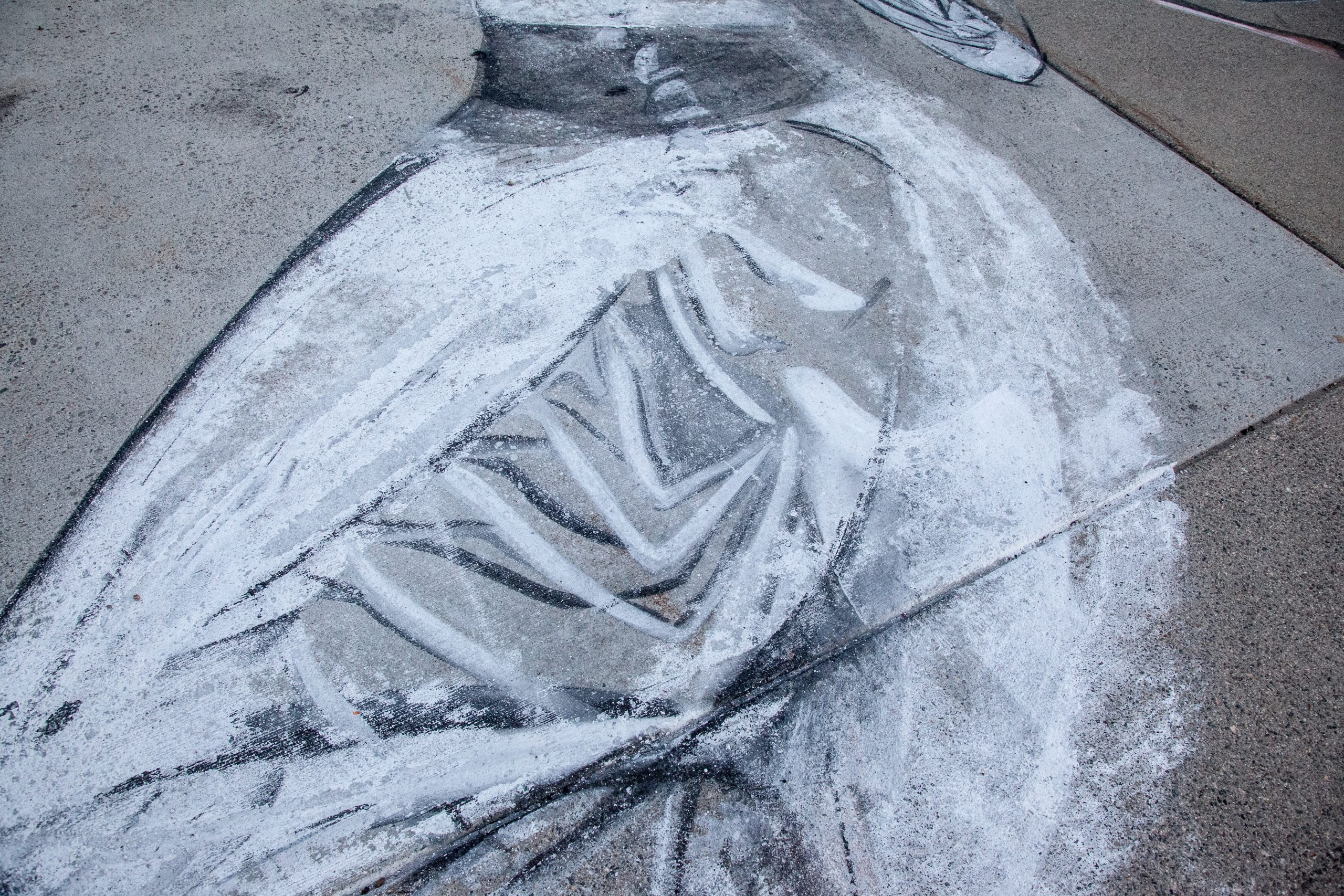
This gentle throughline of curiosity, engagement, and understanding between children and their families in response to Felipe’s work, Transient, was a fantastic and unexpected reminder of what makes art projects like this one such a critical component of the climate dialogue. Kids, in doing so themselves, prompt us to ask questions about the world around us. And, critically, they infuse optimism and love into everything they do.
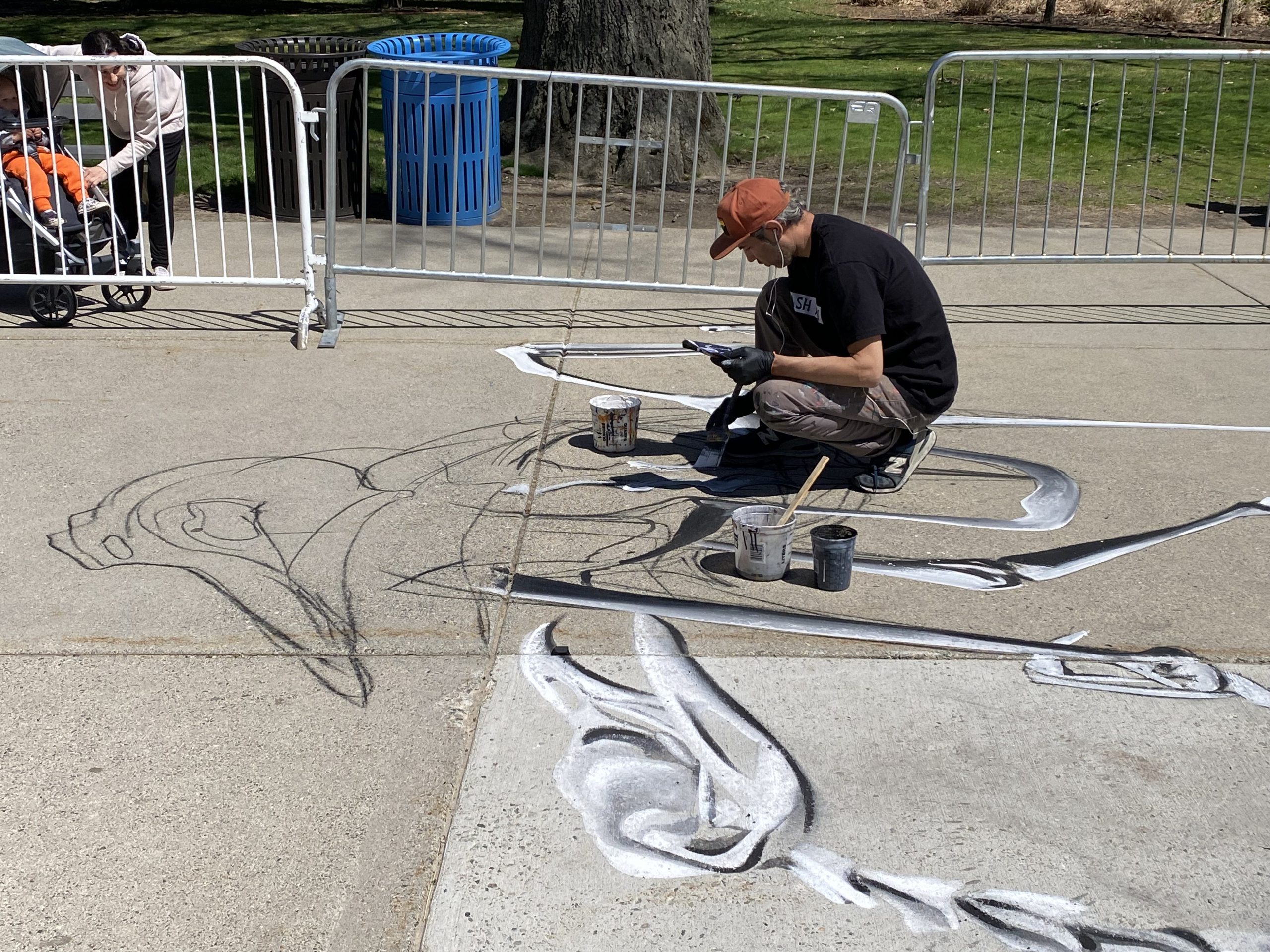
Towards the end of Felipe’s second day of work, a couple in matching red shirts stopped by. They turned out to be Marigold and Hernando; the artist’s parents come to bring him a home cooked lunch and offer their son some encouragement. As they stood with Felipe and looked over the work together, we could see a different kind of family dialogue open up with many of the same themes; pride, care, and a look ahead to what comes next.
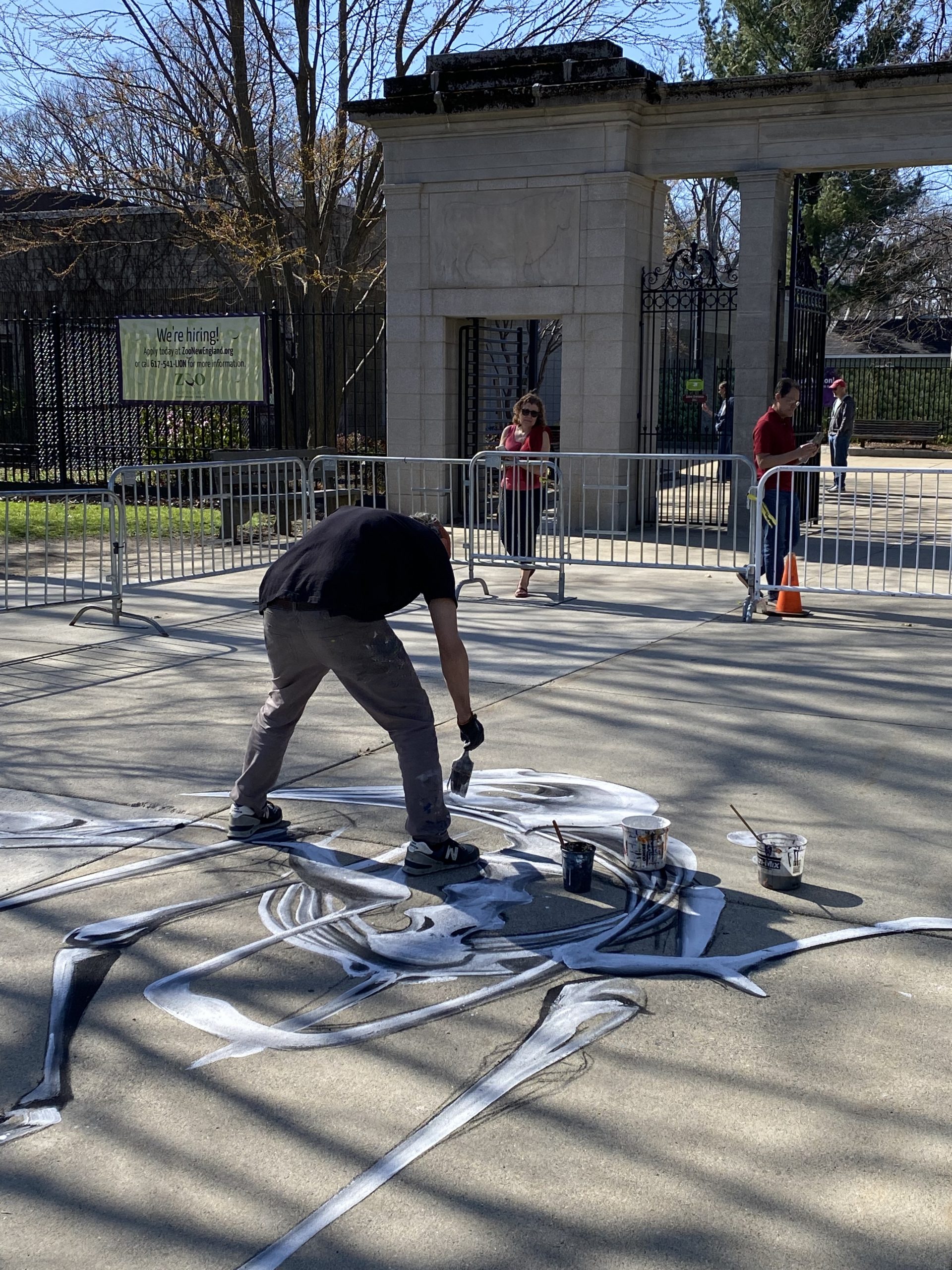
As people visited the Franklin Park Zoo and encountered Transient in the days after its completion, I am sure that many took note of the two birds covering the sidewalk at the front gate. Their bodies may have faded and their bones may have shown through. But in whatever shape they found them, they might have noticed that they too were a family. A parent and chick finding their way together through a changing world.
